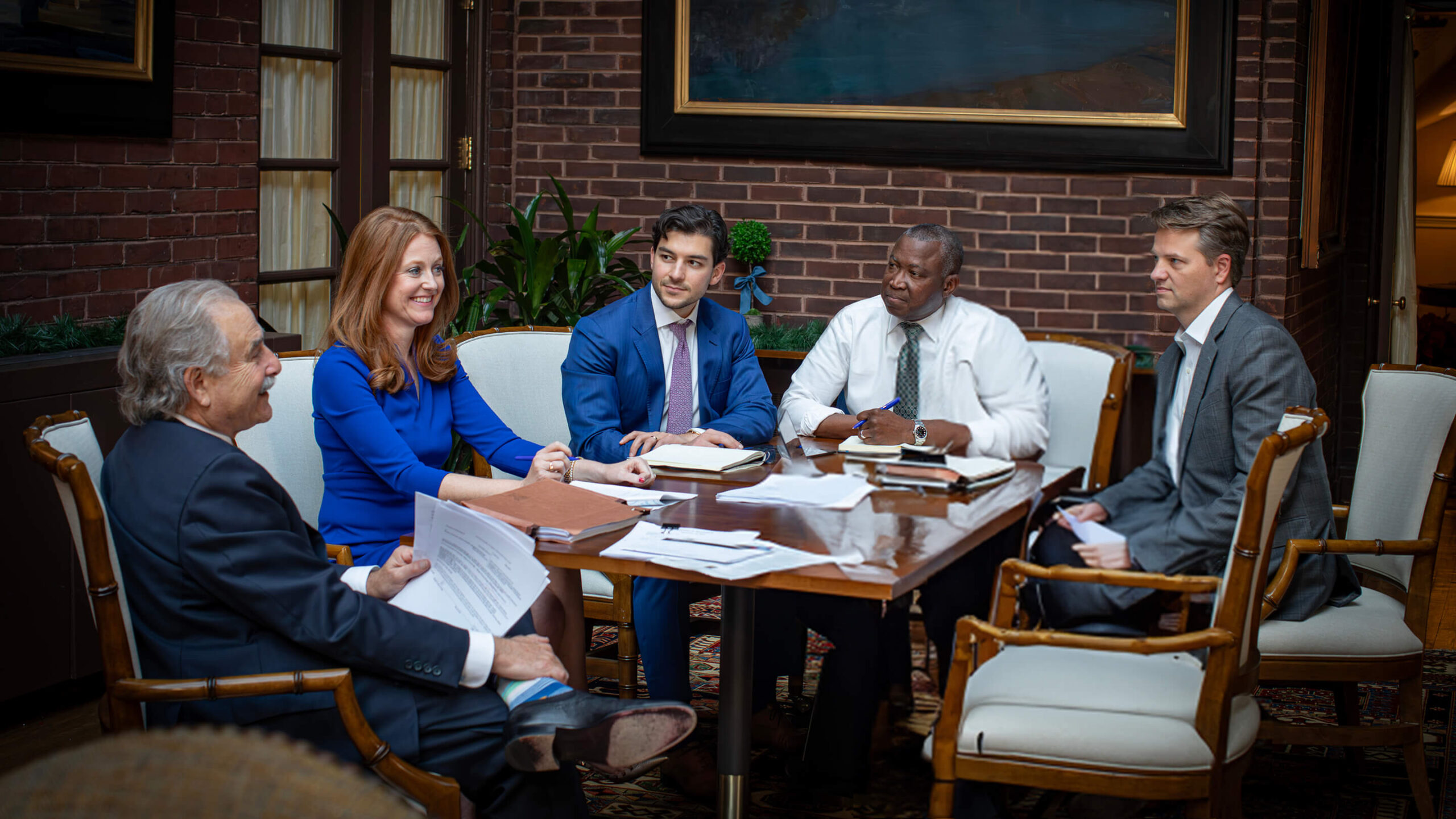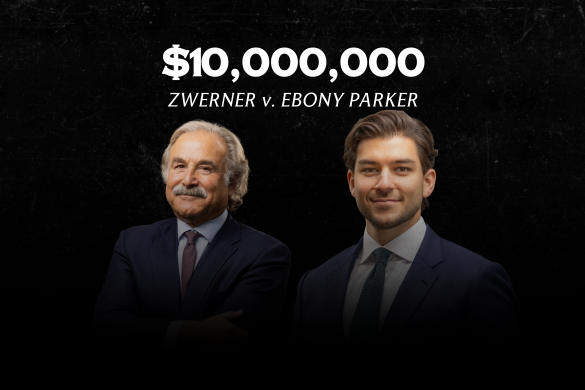In the world of consumerism, defective products have long stood as potential threats to the safety of the general public.
Consumers have the right to believe that any item they purchase is safe when used as per the directions. However, there are countless situations in which dangers exist and where people suffer harm because of a product defect.
When someone pursues a product liability case, there must be a threshold decision regarding whether the product was defective or not. This is outlined by the law within three various categories, including the following:
- Products that have been defectively manufactured
- Products that have been defectively designed
- Products that lack an adequate warning regarding its dangerous elements
Before taking legal action, there are very important things you must know.
Liability: What to Know
Liability is often dependent on the state in which the case is handled. Some states, like Arizona, impose strict liability upon manufacturers and dealers of defective products. This means manufacturers and dealers of defective products are liable for injuries caused by a defective product they manufactured or sold.
In Virginia, however, there is no strict liability in tort law. This means that it must be established that the defective product breached a warranty or that the product that ultimately caused harm to a consumer was defective because of the negligent acts of the manufacturer or dealer.
In proving liability in Virginia, it’s imperative to recognize the state has adopted the uniform commercial code to define warranties. These include express warranty, implied warranty of merchantability, and/or implied warranty for the fitness of a particular purpose.
Additionally, consumers who have been injured or harmed by a defective product may also pursue a claim in negligence. Pursuing a claim in negligence means the plaintiff must show one of the following existed:
- The defendant did not design the product with ordinary care;
- The defendant did not manufacture the product with ordinary care;
- The defendant did not exercise ordinary care when testing the product;
- The defendant did not warn the public of a danger of which the defendant knew or should have known existed.
Understanding a Manufacturing Error
The first factor is a manufacturing error. This is one of the most common problems that exist in terms of product liability cases and it involves parts of a product not being manufactured correctly. This can also exist if certain parts don’t fit properly or there is a piece of an item that comes loose and presents other potential risks.
Here are some examples of manufacturing errors:
- A product is made with the wrong types of bolts or screws. When used, the product falls apart because of the loose screws or bolts and puts the consumer in danger of sharp mechanical parts or falling items.
- A child’s toy is made with a small part that is not attached correctly. While playing with the toy, the kid notices the part fall off and puts it in his or her mouth. It becomes a choking hazard and puts the child in significant danger.
- A product is made with colour-coordinated safety warnings. However, the colors are incorrectly painted on the product and there is a miscommunication, making it so the consumer is unaware of the potential dangers.
- A consumer purchases an electrical component but the wiring inside is done in an incorrect manner. As a result, when the consumer uses the component, they suffer an electrical shock, even when used as instructed.
A manufacturing error typically occurs before the item leaves the warehouse. However, there may be multiple parties responsible if it can be shown the defect was known or covered up by other parties.
The Possibility of Design Errors
In many situations, an error occurs far before the manufacturing process even begins. Those responsible for designing a product must do so with consumer safety in mind. If there are potential dangers, the designer must ensure they are resolved or there is a posted warning associated with them.
A designer of a product makes some of the most important decisions when it comes to consumer safety. They must consider the following:
- Does the design present a serious danger to the consumer?
- Does the product design have the potential to cause injury when used correctly?
- Does the product design consider ordinary care of consumer safety?
One of the most common design errors involves the use of dangerous materials—such as when children’s toys were made with lead paint. When something is designed to use a material that can cause injury and/or serious illnesses, there must be a way to protect consumers. However, if allowed on the market without a clear warning of the potential problems, the designer and company may be held accountable.
What is a “Failure to Warn” and How Does it Cause Harm?
Should a product be made with a dangerous element that is not obvious to consumers, it is the duty of the manufacturer to provide an adequate warning that there are potential and foreseeable risks with the use of the item. Without this warning, there may be grounds for a lawsuit.
When it comes to failure to warn, it must be shown that the manufacturer knew of the danger or should have known of the danger if it was something the consumers would not likely discover. The warning provided to the consumer must be adequate and be considered useful to a normal person who can understand the risks of the danger.
In product liability matters, a case may be brought forth if a product does not live up to its express warranty as advertised by the manufacturer of the product. A warranty—in most situations—implies that a product is safe for use in its intended nature. Any unreasonable dangerous element creates a breach of the warranty, allowing the injured party to pursue a product liability claim.
How Our Virginia Product Liability Attorneys Can Help You
When it comes to product liability cases, you need legal advocates who are not afraid of large corporations—attorneys who won’t back down when faced with a challenge. You need someone on your side who knows the intricacies of a product defect case and how manufacturers can be negligent in their design, production, and marketing of a product.
At Breit Biniazan, we have the experience and knowledge necessary to help you through some of the most complex types of cases. We recognize the serious nature of defective products and how they can cause you significant harm, as well as your need for compensation when negligence exists.
Our Virginia product liability lawyers work hard to build a strong case strategy on your behalf and pursue the compensation you deserve. For us, holding manufacturers accountable and obtaining justice on our clients’ behalves is the true measure of success and we take the opportunity to help you very seriously. Trust that we’re on your side every step of the way.
Manufacturers must be liable when their products are dangerous and they cause harm to the public, despite proper use of said items.




